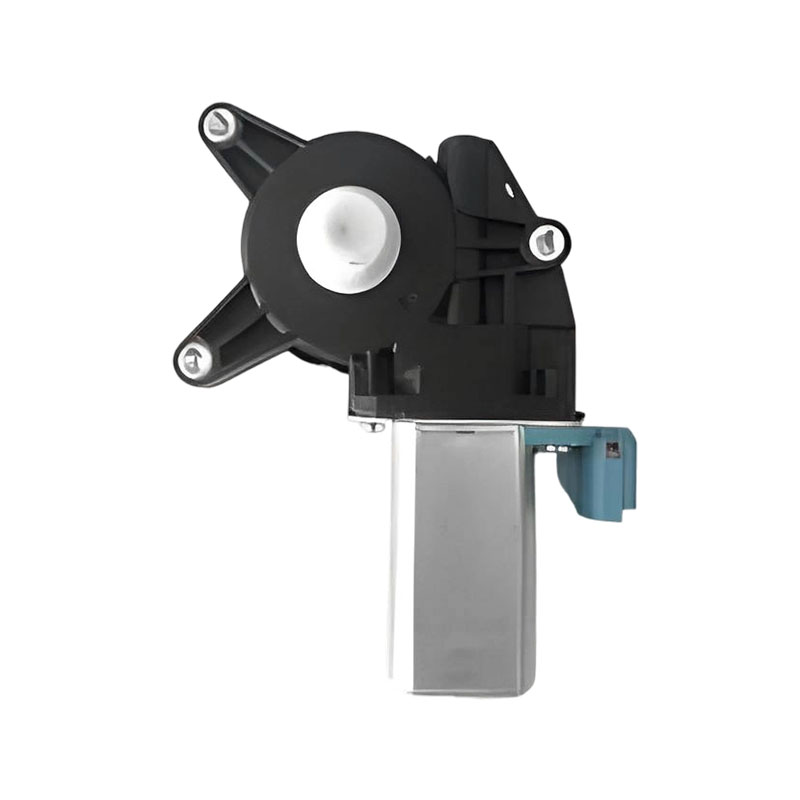In the automotive industry, the reliability and durability of components like the sunroof drive motor play a significant role in the overall user experience. Recently, a sunroof drive motor has undergone extensive validation for long-cycle operation, demonstrating its capacity to meet the demanding requirements of modern vehicles. This achievement not only highlights the motor's durability but also emphasizes its compatibility with various automotive systems, including window lift regulators and electric lift actuators.

Sunroofs have become a sought-after feature in many vehicles, offering an open-air experience and enhancing cabin ambiance. However, the mechanisms behind sunroof operation require precise and durable components to ensure smooth and consistent functionality over time. The sunroof drive motor in the Focus has been subjected to rigorous testing cycles, simulating years of daily use, to confirm its endurance and consistent performance.
One critical aspect of this sunroof motor's validation process is its seamless integration with other vehicle systems. For instance, it works in conjunction with the window lift regulator, a component responsible for controlling the up-and-down movement of car windows. The window lift regulator's operation depends heavily on electric lift actuators that translate electrical energy into mechanical motion, driving the window panels smoothly. Similarly, the sunroof motor interacts closely with these electric lift actuators to manage opening and closing functions accurately and reliably.
During testing, the sunroof drive motor demonstrated the ability to sustain long periods of operation without significant degradation in performance. This endurance is essential because the sunroof is subject to frequent use, especially in climates where ventilation is a priority. If a sunroof motor fails prematurely, it could advance to inconvenient or even costly repairs. By validating the motor for long-cycle operation, manufacturers can assure drivers that the sunroof mechanism will maintain its functionality over the vehicle's lifespan.
Furthermore, the sunroof motor's design considers the impact of environmental factors such as temperature fluctuations, humidity, and exposure to dust or debris. These conditions can adversely affect mechanical components if not properly addressed. The motor's housing and internal mechanisms are engineered to withstand such stresses, ensuring consistent operation alongside components like the window lift regulator and electric lift actuators, which share similar exposure within the vehicle door assemblies.
The integration between the sunroof motor and electric lift actuators is particularly important for synchronization and a smooth user experience. Electric lift actuators provide the necessary force to drive moving parts, whether in windows or sunroof panels. Coordinating their motion with precision helps prevent mechanical stress and reduces noise during operation. The validated sunroof drive motor has shown compatibility with various types of electric lift actuators, allowing for flexible application across different vehicle models.
Another benefit of this motor's validated long-cycle operation is the reduced likelihood of failure-related downtime. Vehicles equipped with reliable components such as these enjoy improved customer satisfaction, as drivers can depend on consistent performance without frequent maintenance. Moreover, the extended lifespan of the sunroof drive motor complements the longevity of the window lift regulator and electric lift actuators, which are often replaced together during repairs or upgrades.
Testing protocols for this validation included repeated open-close cycles exceeding typical consumer use patterns. These tests evaluated not only the motor's mechanical endurance but also its electrical stability under continuous load. The motor maintained steady torque and speed throughout, which is critical for smooth sunroof movement. In addition, compatibility with the window lift regulator system was monitored to ensure that integrated operation did not cause excessive wear on either component.
The sunroof drive motor's successful validation for long-cycle operation also opens doors for its use in other automotive applications where reliable actuation is necessary. Components like the window lift regulator and electric lift actuators share similar operational principles, making cross-compatibility beneficial. This kind of design flexibility helps automotive engineers simplify part inventories and improve manufacturing efficiency.
In real-world conditions, the sunroof drive motor's ability to work harmoniously with the window lift regulator and electric lift actuators means that vehicle owners will experience reliable performance whether adjusting their windows or opening the sunroof. The quiet and smooth operation contributes to overall driving comfort and adds value to the vehicle.
In summary, the recent validation of this sunroof drive motor for long-cycle operation confirms its durability and suitability for modern vehicles. Its performance under extensive testing assures that it can withstand the demands placed on it by frequent use and environmental challenges. Importantly, its effective integration with window lift regulators and electric lift actuators underscores the importance of system-wide compatibility in automotive component design. This development reflects a step forward in ensuring that essential vehicle features continue to operate reliably throughout their intended lifespan.
Your email address will not be published. Required field are marked*